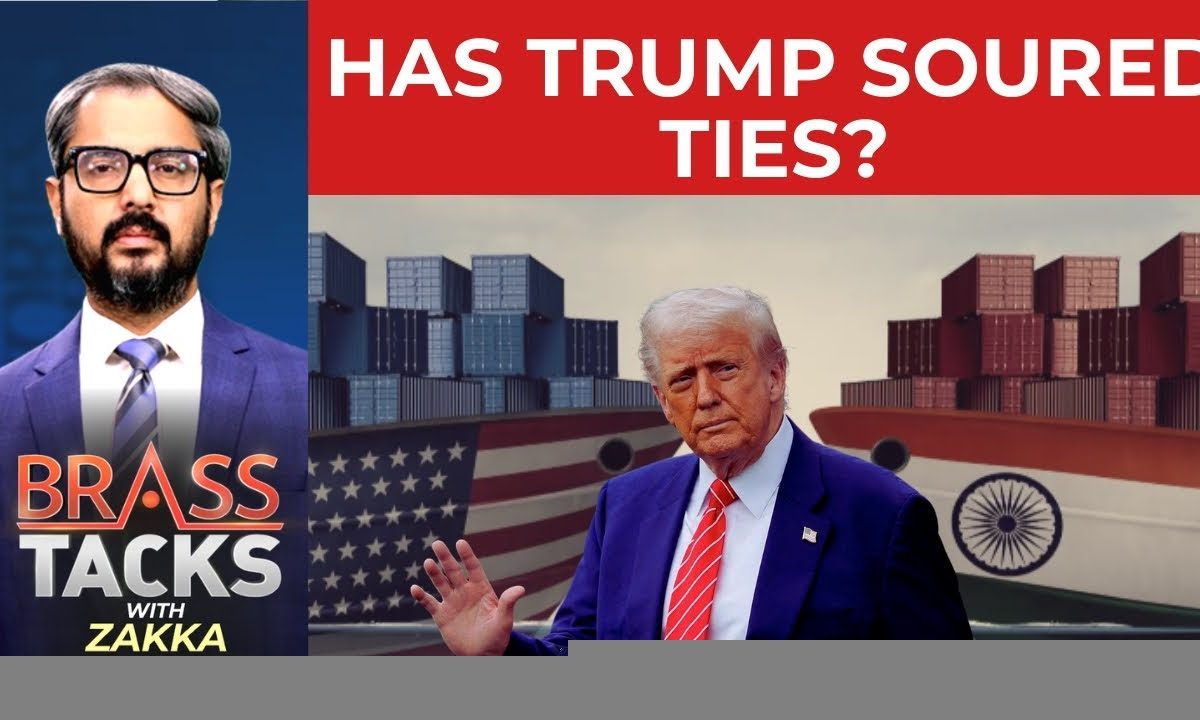

The trade relationship between India and the United States has seen its share of turbulence, particularly during Donald Trump's presidency. Characterized by tariff disputes and tough negotiations, the question remains: did Trump's policies ultimately sour ties between these two major global economies?
During his time in office, Trump frequently criticized India's trade practices, labeling it a "tariff king" and accusing it of unfair trade practices. This rhetoric translated into action, with the U.S. imposing tariffs on Indian steel and aluminum in 2018. This move was met with retaliatory tariffs from India on 29 American products, including apples, almonds, and pears. These actions raised concerns about a potential trade war between the two nations.
One of the key points of contention was the U.S. trade deficit with India, which stood at $45.7 billion in 2024. Trump insisted that many countries, including India, had "cheated" the U.S. by selling more goods than they bought, using tariffs to their advantage. India's average tariff rate was 17 percent, significantly higher than the U.S. rate of 3.3 percent. To address these concerns, India lowered import duties on some U.S. goods, such as bourbon whiskey and Harley-Davidson motorcycles.
Despite the disputes, both countries recognized the importance of their trade relationship. The U.S. is India's largest trading partner, with bilateral trade totaling $131.84 billion in 2024-25. India is also a significant export market for the U.S., contributing approximately 2.2% to India's GDP in FY24. Recognizing these mutual benefits, negotiations for a bilateral trade agreement (BTA) continued, with the goal of increasing bilateral trade to $500 billion by 2030.
In February 2025, Trump and Indian Prime Minister Narendra Modi unveiled plans to negotiate the initial phase of a mutually advantageous BTA by the fall. The agreement seeks to increase bilateral trade significantly. However, concerns remain about potential U.S. tariff hikes on steel and aluminum, which could affect Indian exporters. India has already submitted a notification to the World Trade Organization (WTO), maintaining its position to implement countervailing duties on U.S. products in response to previous steel tariffs.
As of June 2025, India and the U.S. are actively pursuing a BTA to boost market access for businesses. Despite concerns over potential US tariff hikes on steel and aluminum, both nations are committed to resolving issues through bilateral talks. India is seeking the elimination of 26% reciprocal Trump tariffs as well as duty-free entry for labor-intensive export items including Indian textiles and footwear.
While Trump's actions undoubtedly created friction in the India-U.S. trade relationship, they also spurred both countries to address long-standing issues and work towards a more balanced and mutually beneficial trade agreement. Whether these efforts will fully overcome the challenges remains to be seen, but the ongoing negotiations signal a commitment to maintaining and strengthening this vital economic partnership. Recent reports suggest that India and the U.S. are nearing a trade deal, with both nations aiming to conclude an interim agreement by early July.